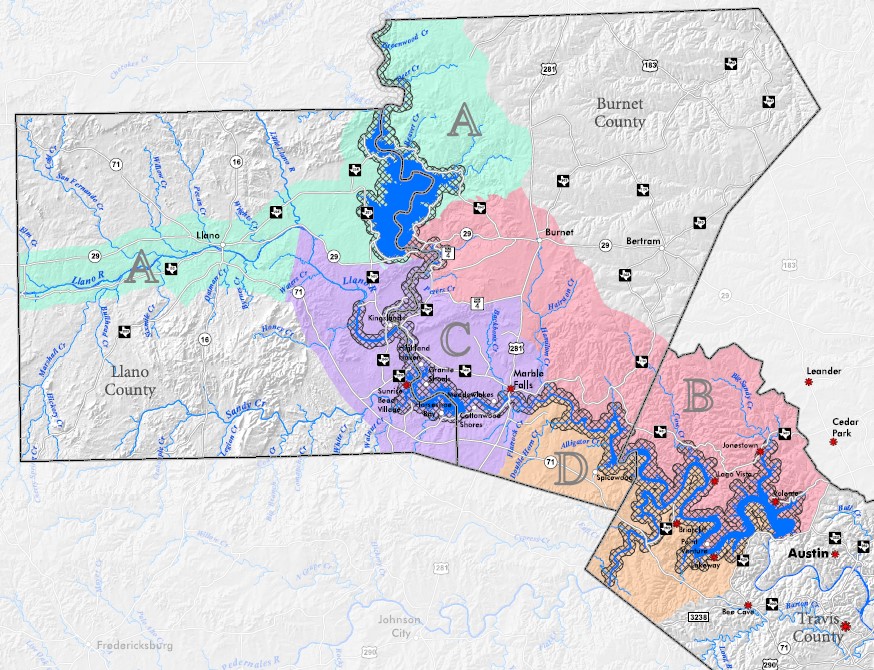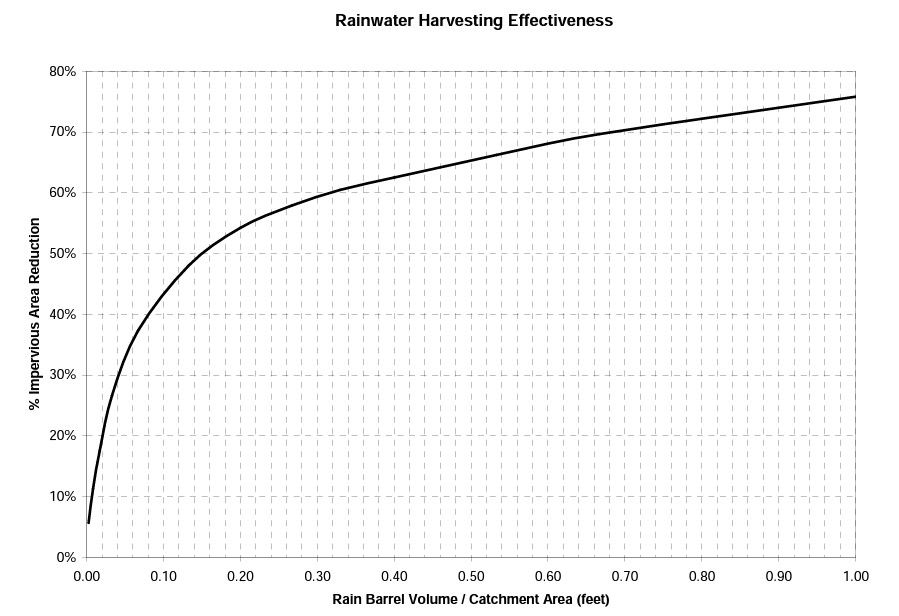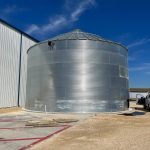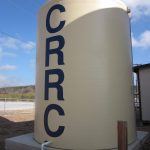LCRA Highland Lakes Rainwater Harvesting System Credit
In response to the impact of stormwater pollution, LCRA implemented the Highland Lakes Watershed Ordinance (HLWO) to protect water quality throughout the Highland Lakes region. The Ordinance applies to development in the Lake Travis watershed in Travis County, the Colorado River watershed in Burnet County, and a portion of Llano County identified on the official Ordinance Watershed Map. Download the map here: Ordinance Watershed Map.

If you are building within this regulated area, then you can receive impervious cover credits by installing a rainwater harvesting system. This will allow you to develop more impervious cover area than you are limited to without a rainwater collection system. The amount of additional impervious cover allowed is based upon a calculation within the HLWO document. You can read the section about the rainwater harvesting credit to determine the amount of rainwater storage you will need to install for the additional impervious cover you want to develop on your lot.

The graph above is used to determine the maximum allowable impervious cover credit based on the rainwater collection area and the rainwater tank volume. This is an iterative process which allows for creative system designs.
The rainwater harvesting credit is subject to the following restrictions:
- Rainwater collection and distribution systems must be designed and installed per the requirements in Section 4.3.2 of the LCRA Highland Lakes Watershed Ordinance Technical Manual;
- A rainwater collection system maintenance plan must be approved by LCRA before issuance of a development permit. The maintenance plan will need to identify the responsible maintenance party and allow for periodic LCRA inspection;
- The development permit will include a condition that the contractor must contact LCRA 48 hours prior to the final completion of the rainwater collection system;
- Storage shall be provided in cisterns, rain barrels, tanks, or other approved methods;
- Overflows from rainwater tanks should be diverted to grassy swales and/or lawns to promote infiltration of excess runoff volume.





